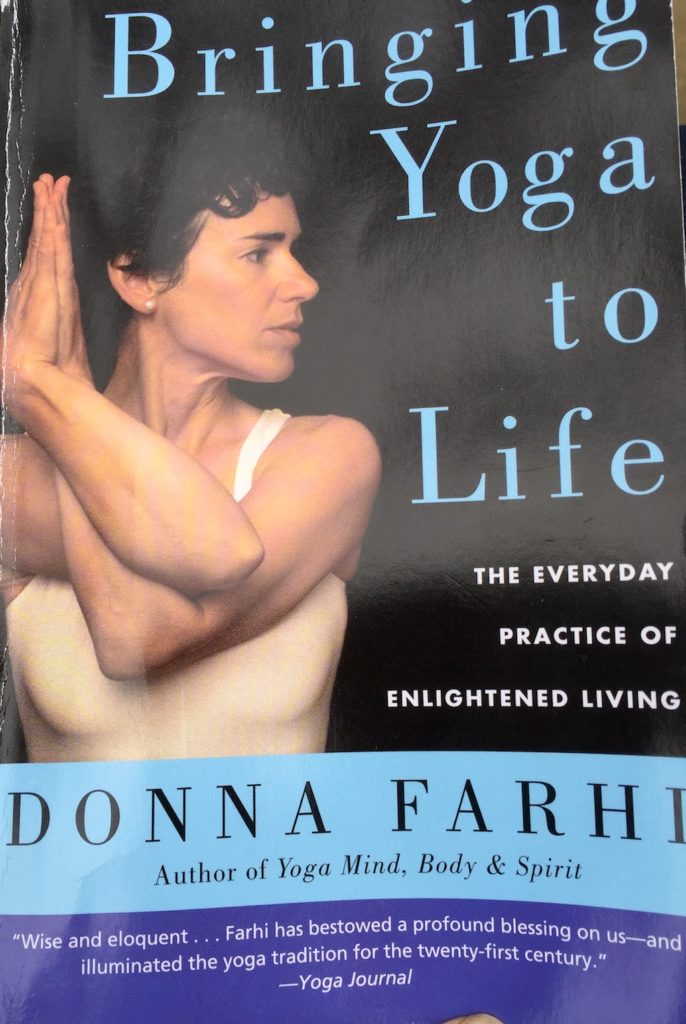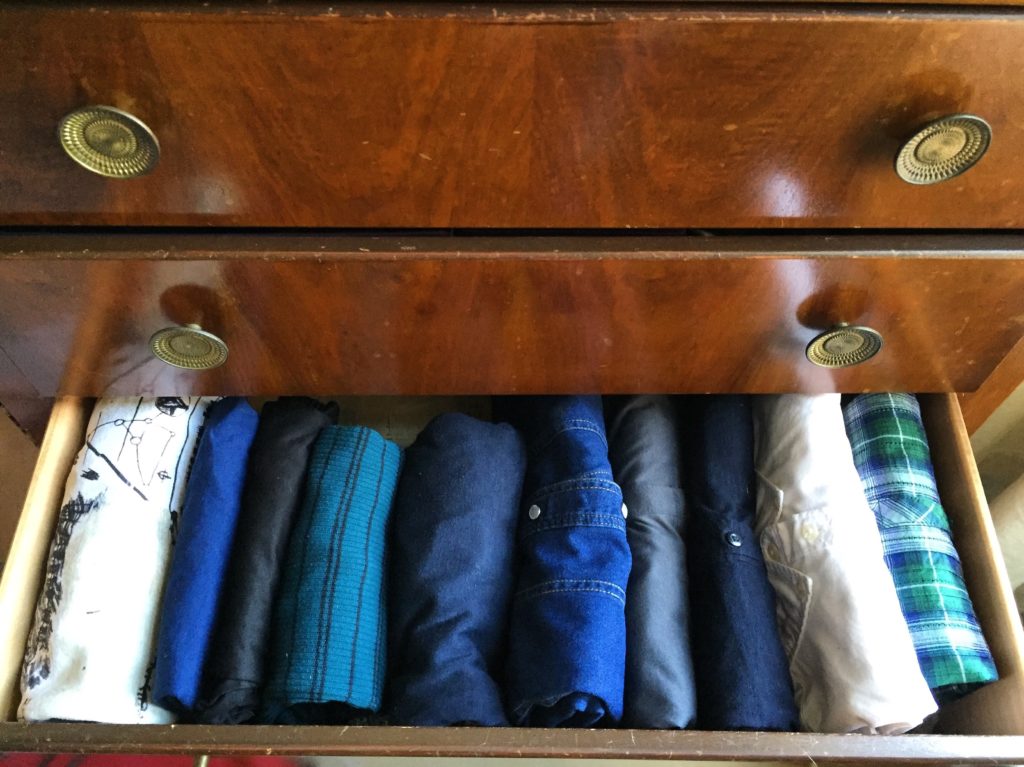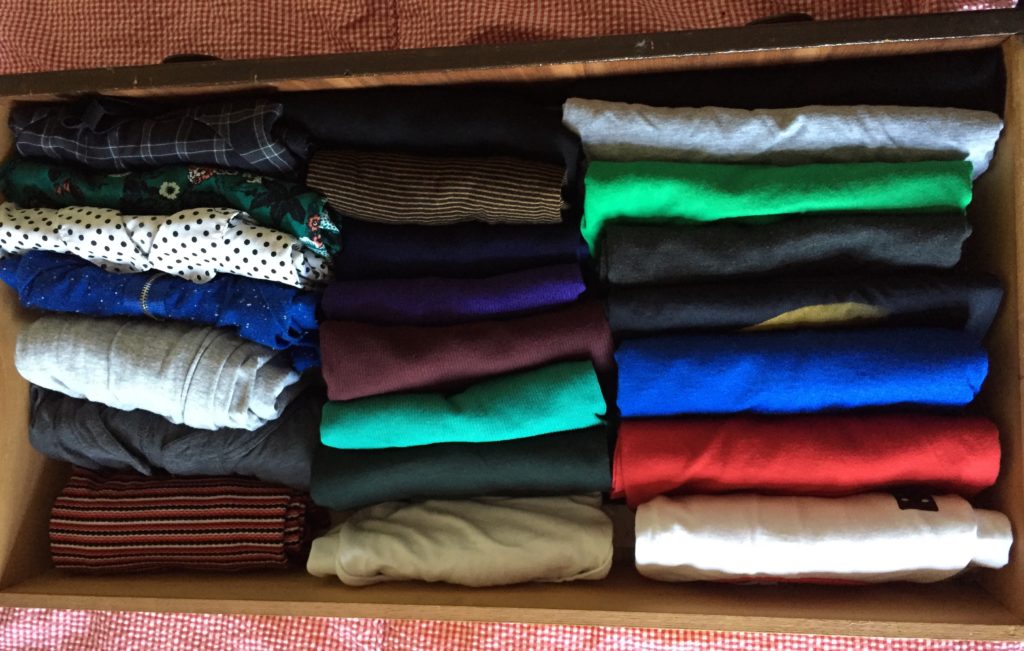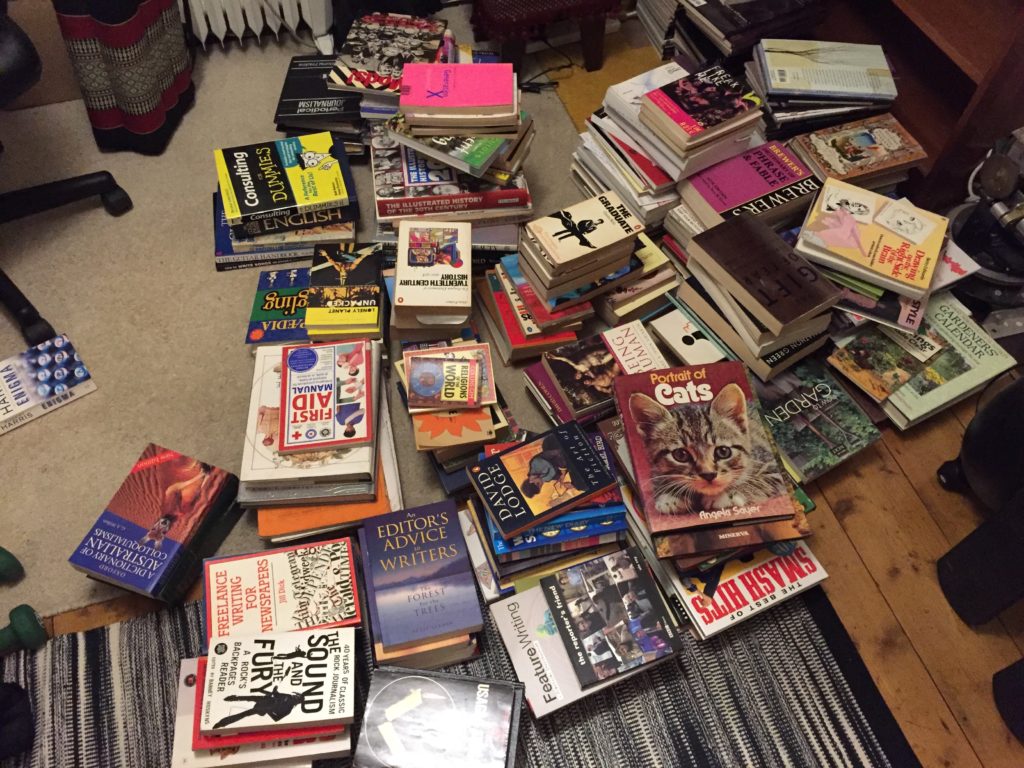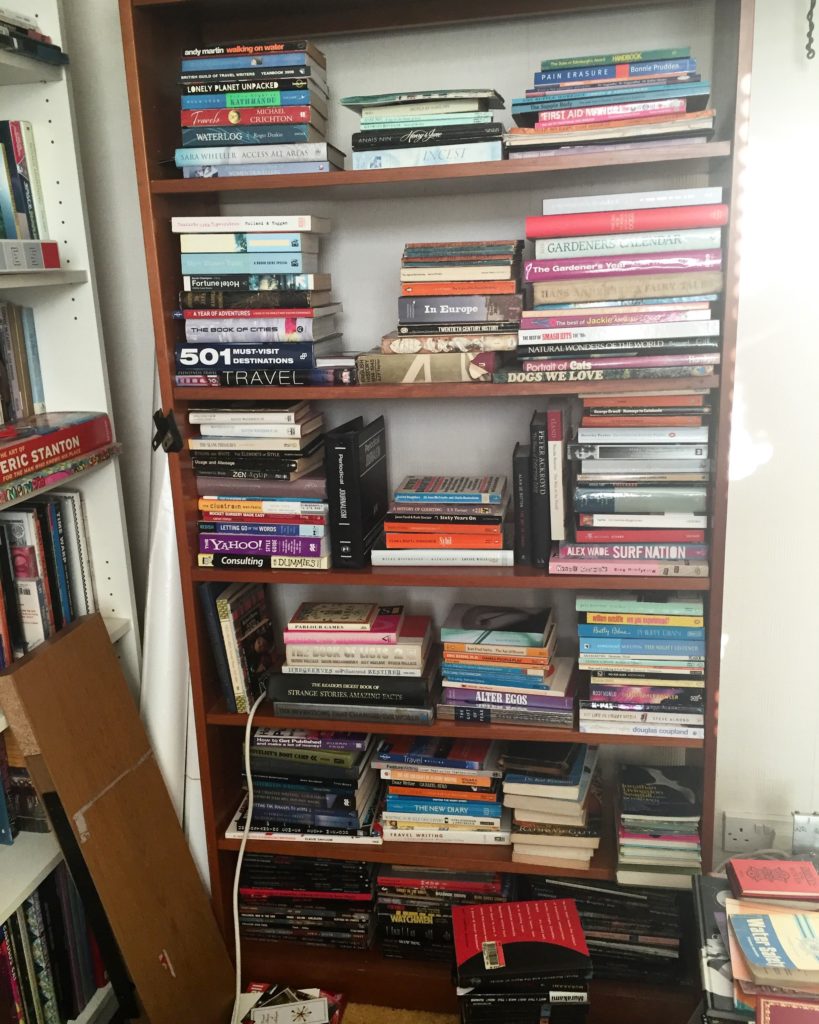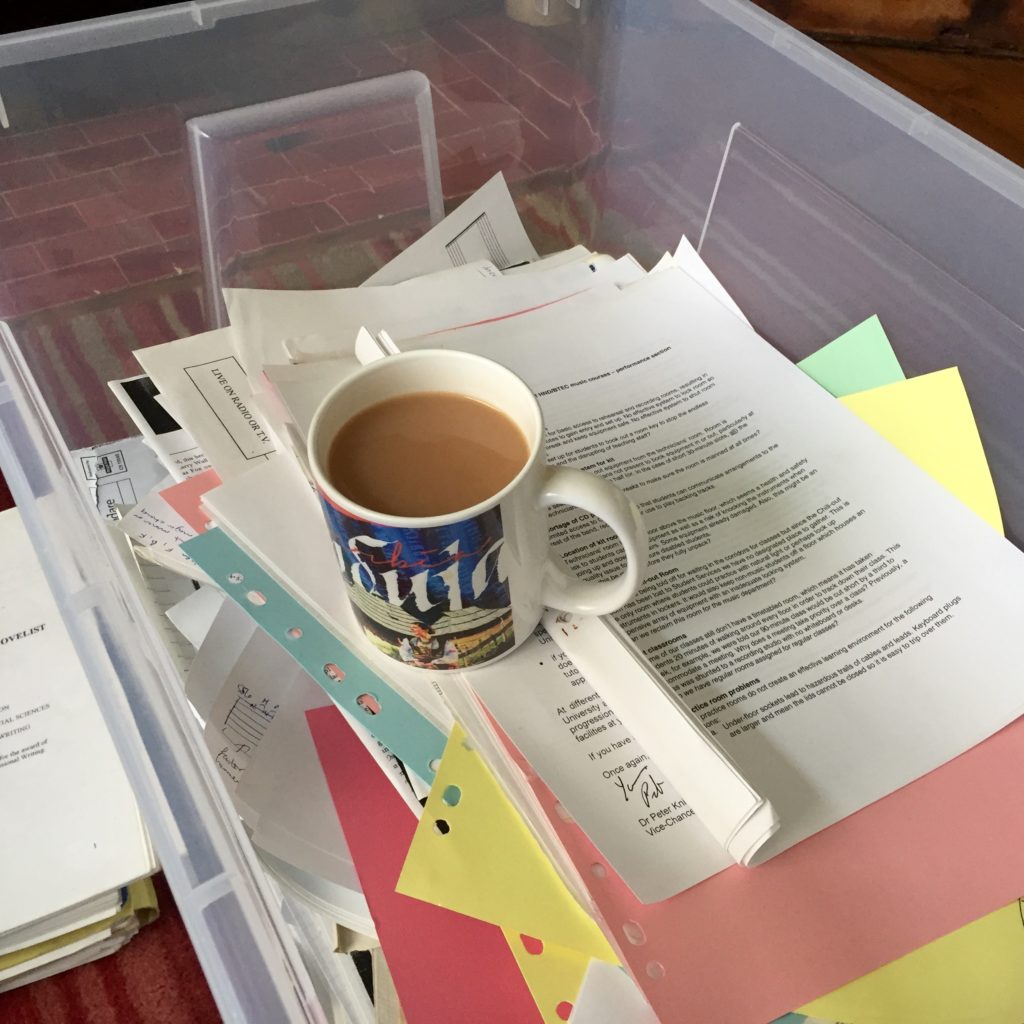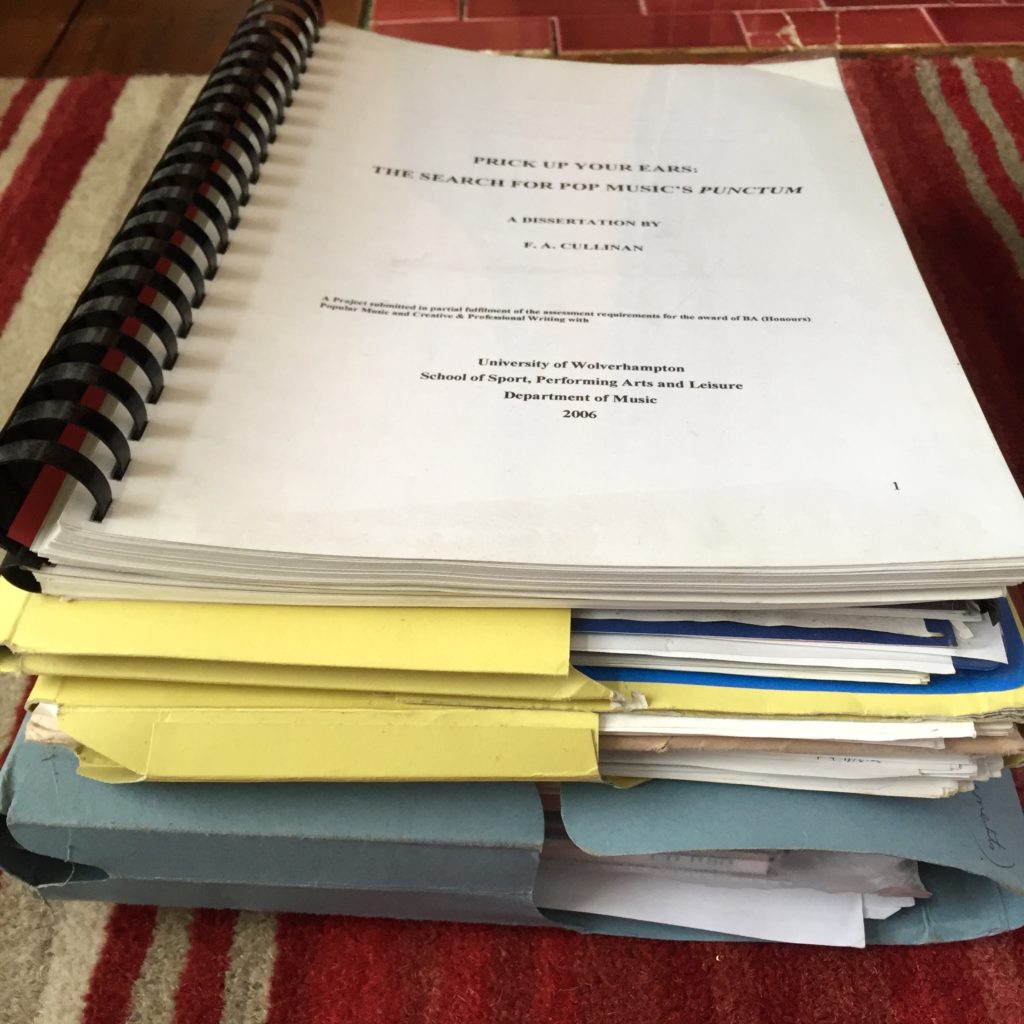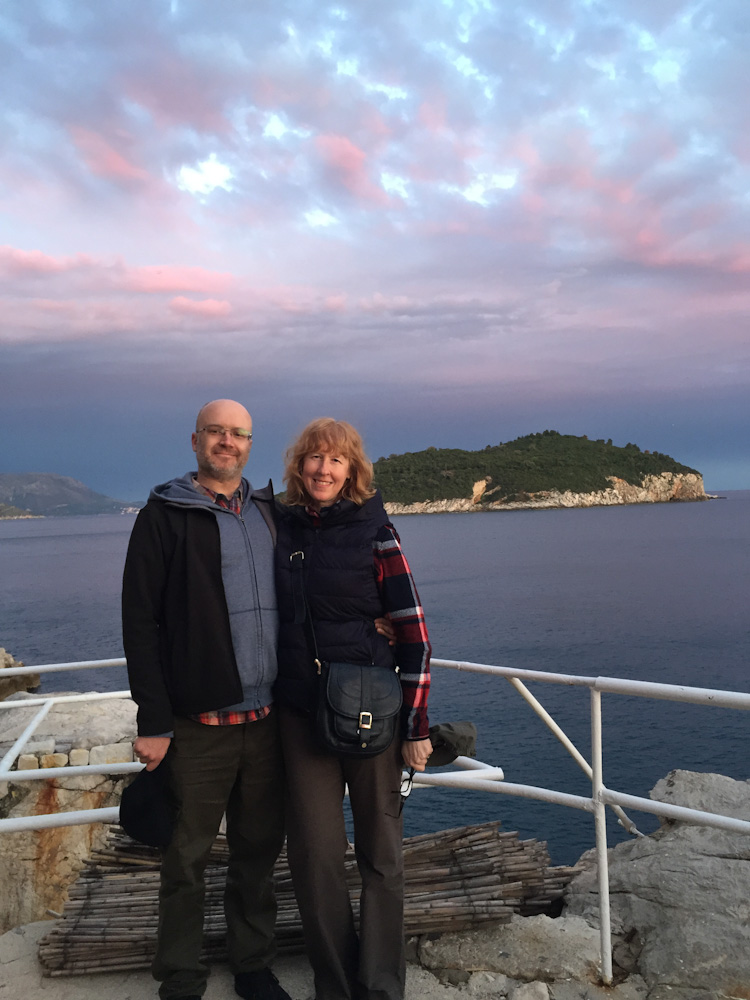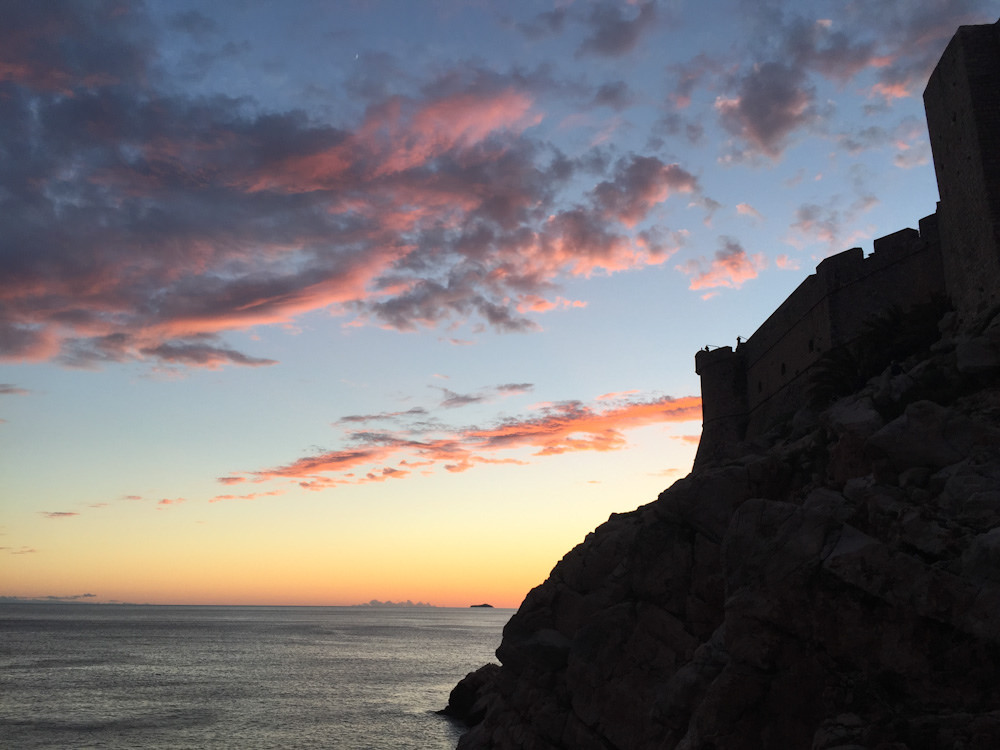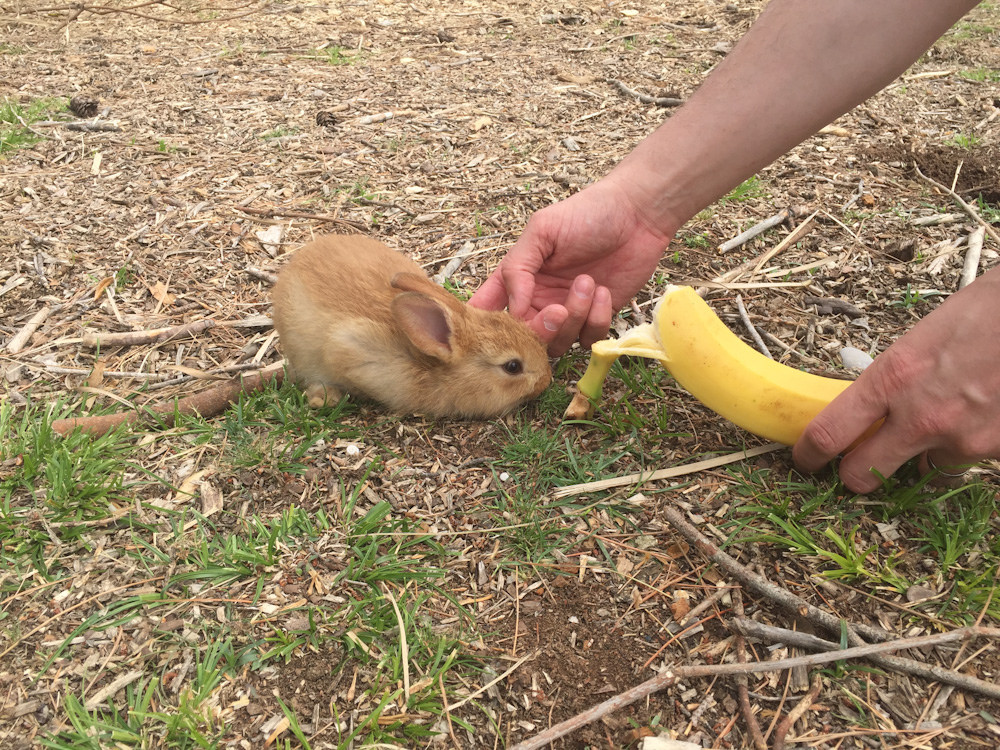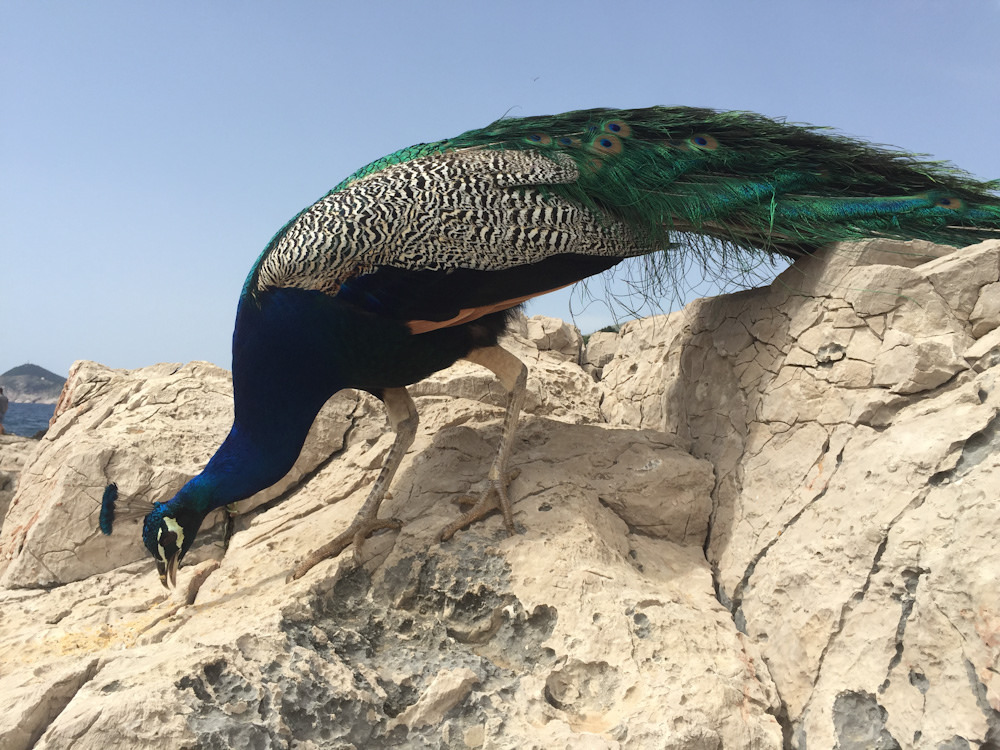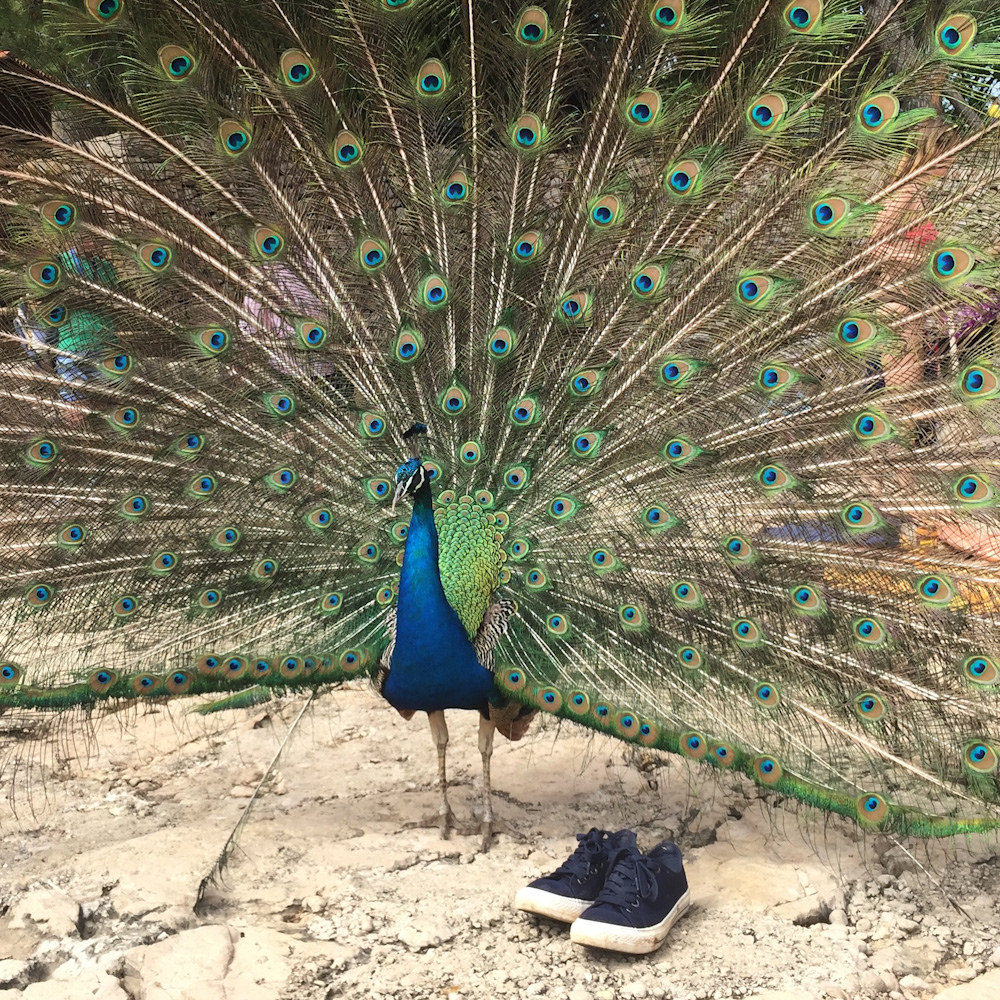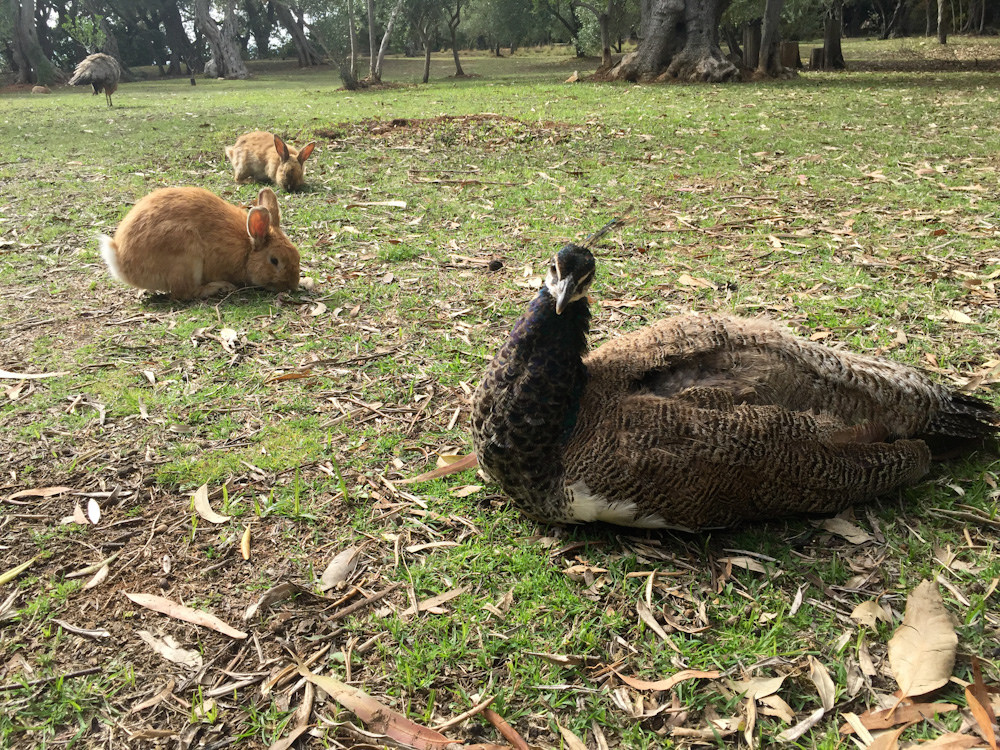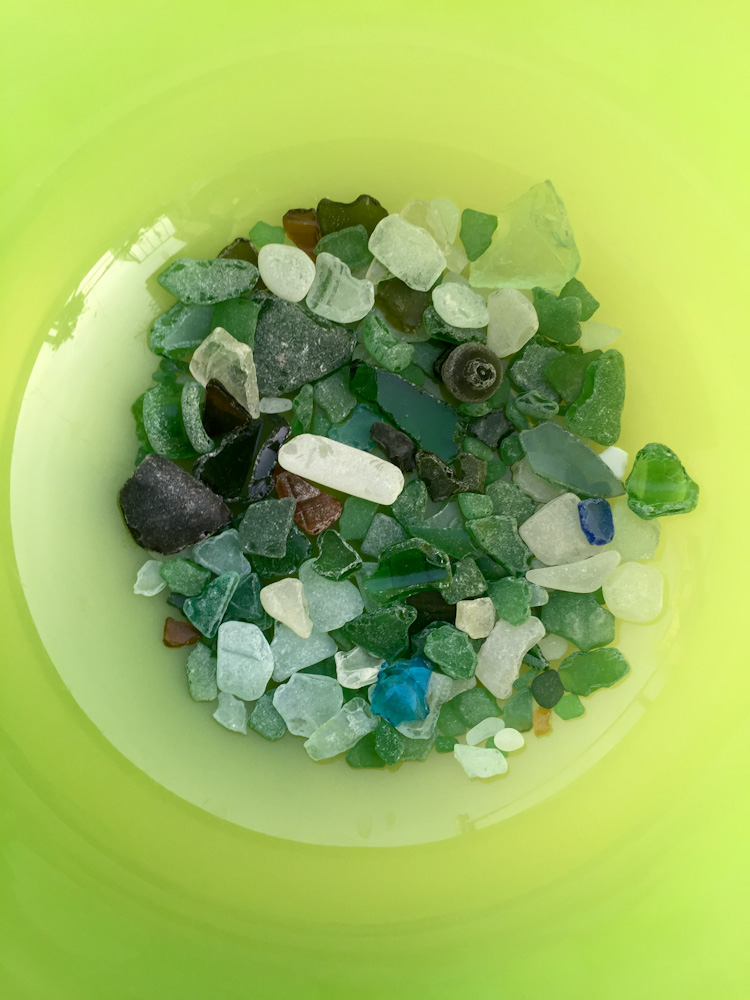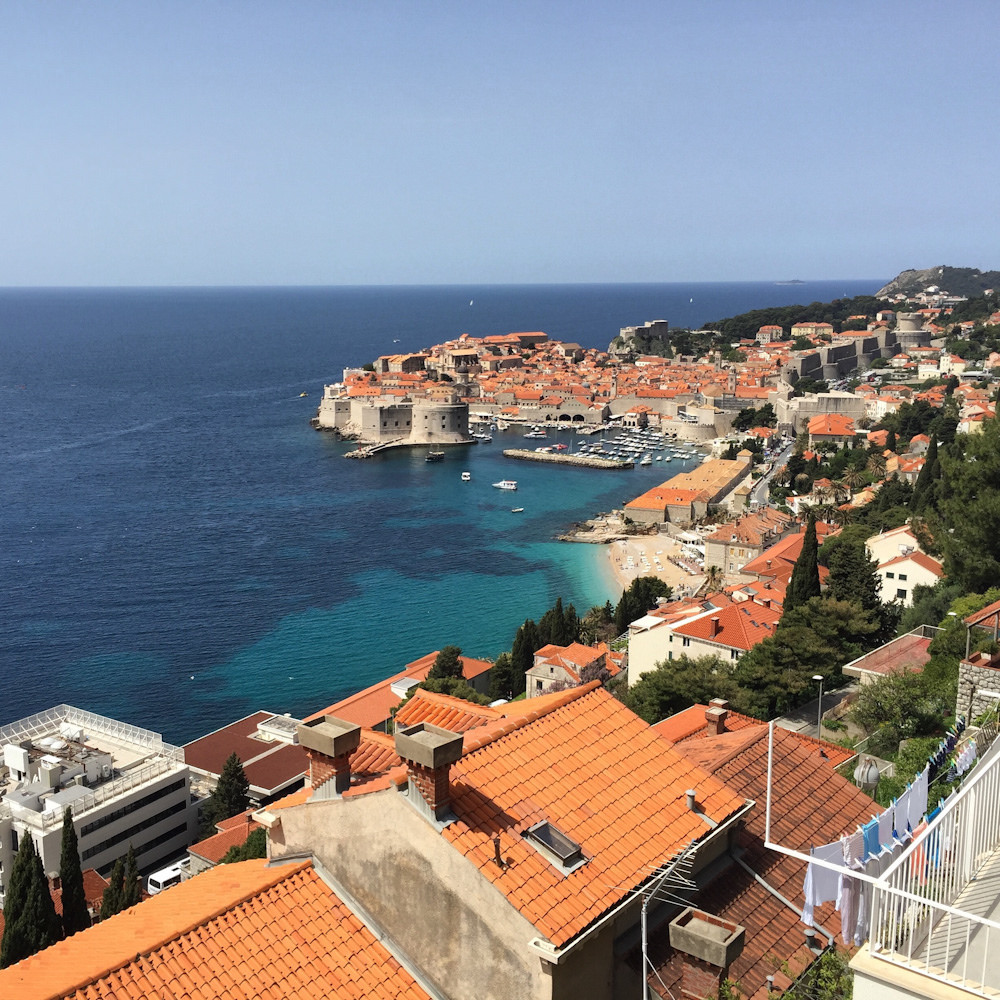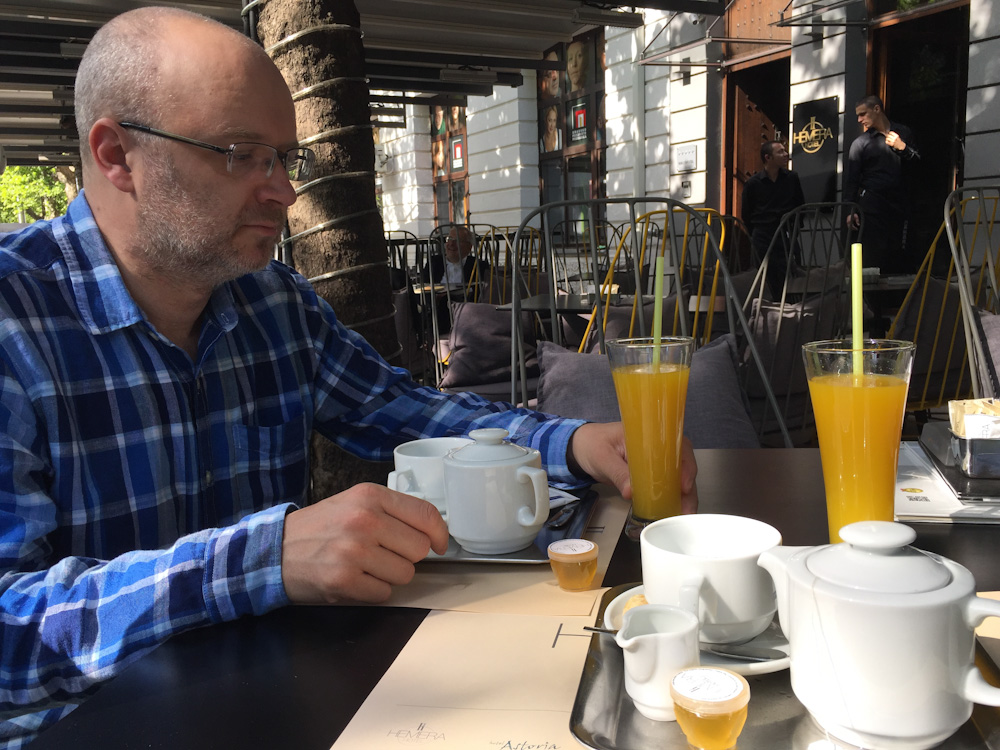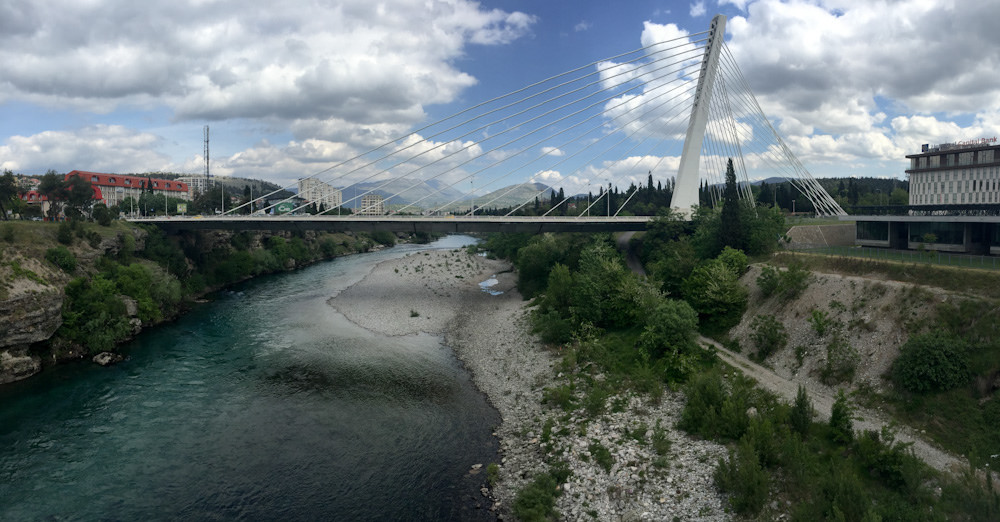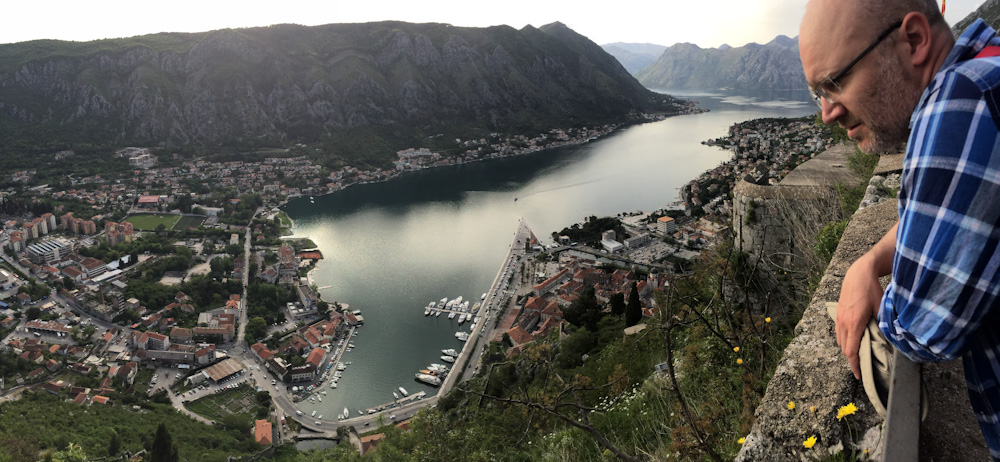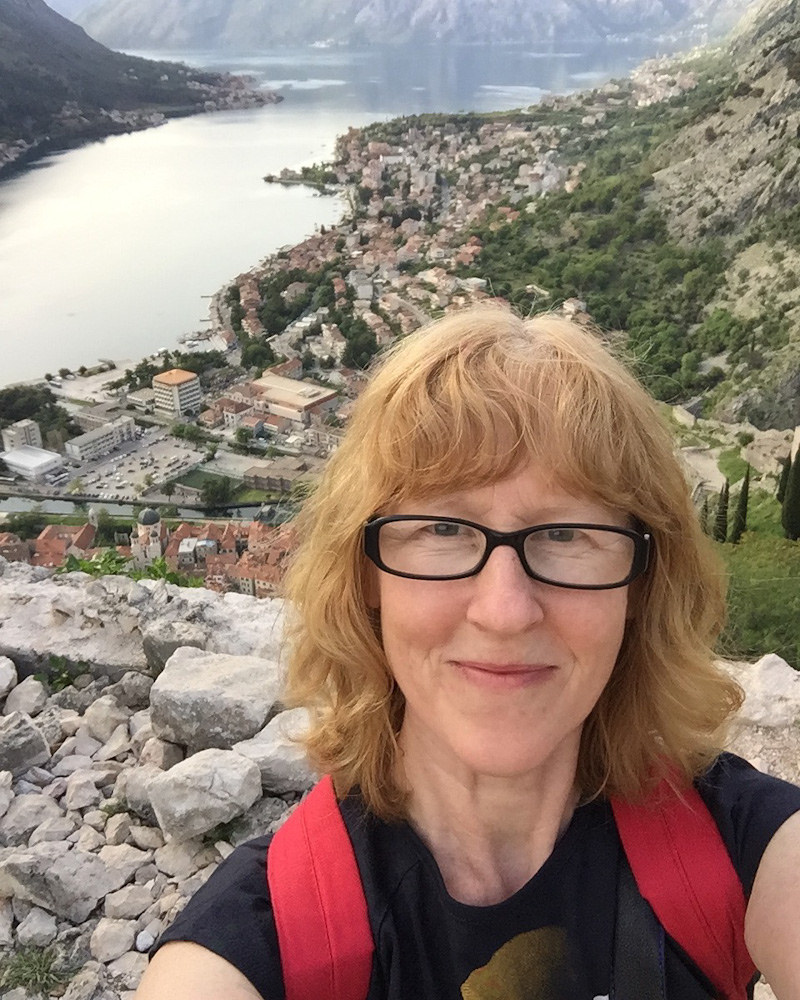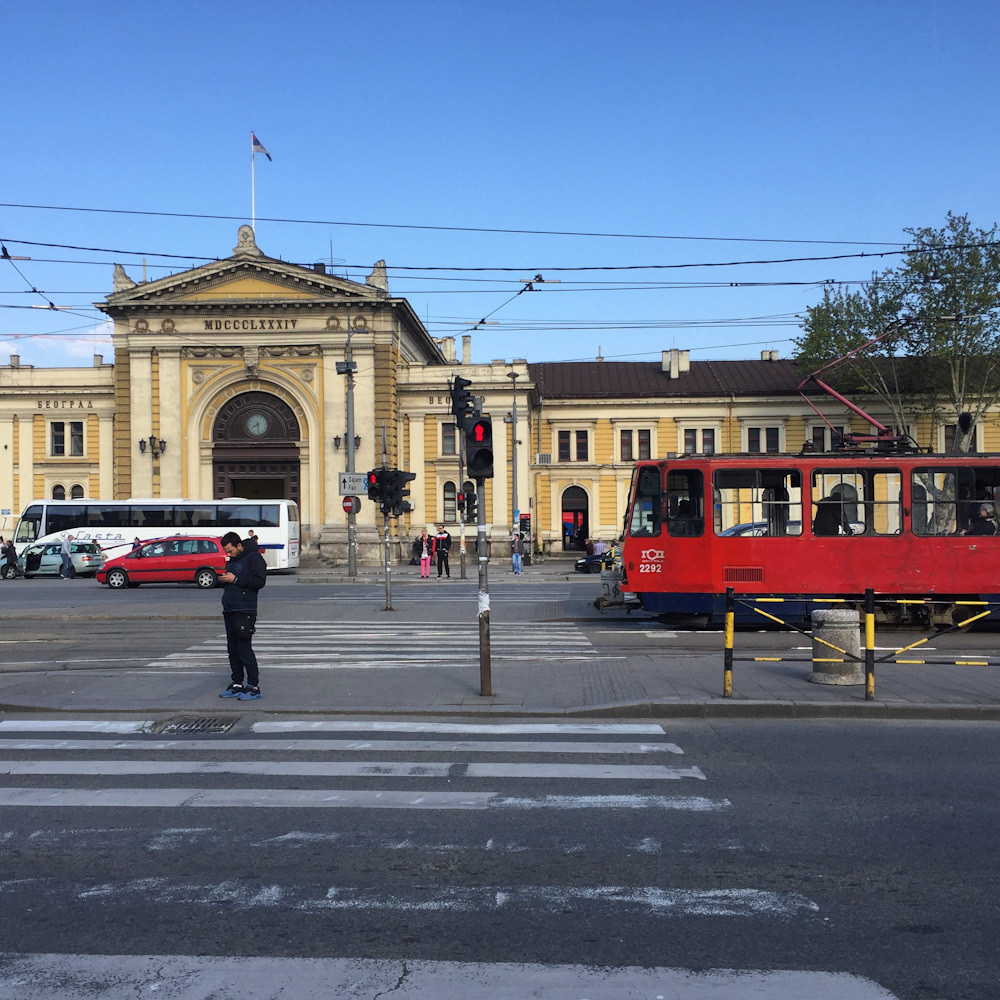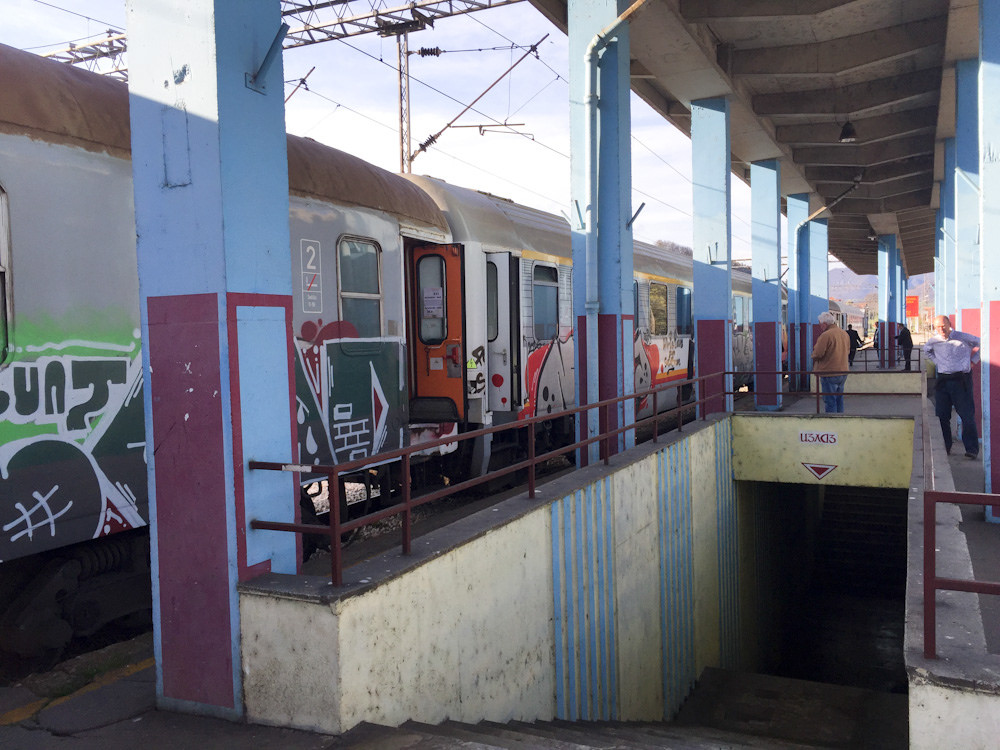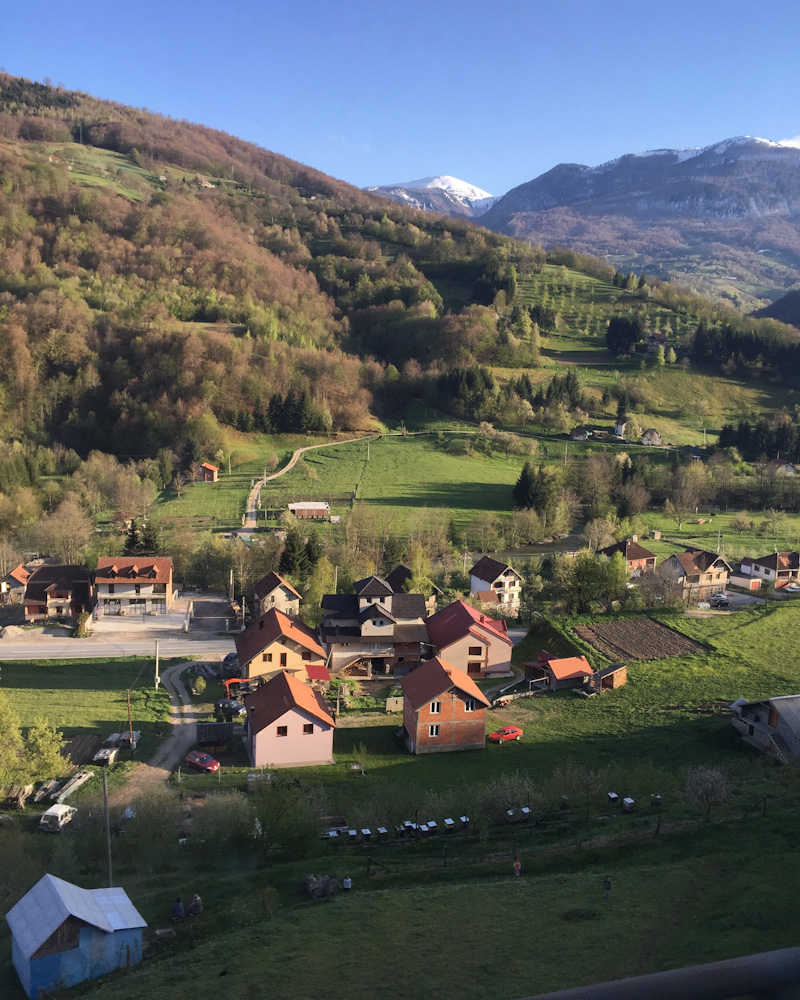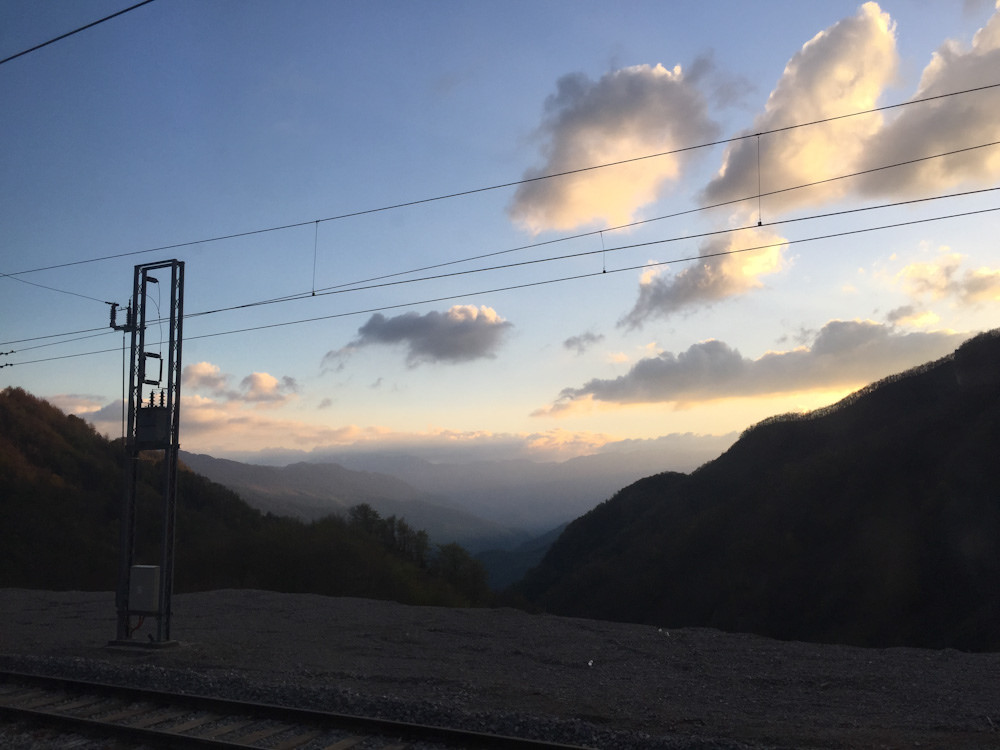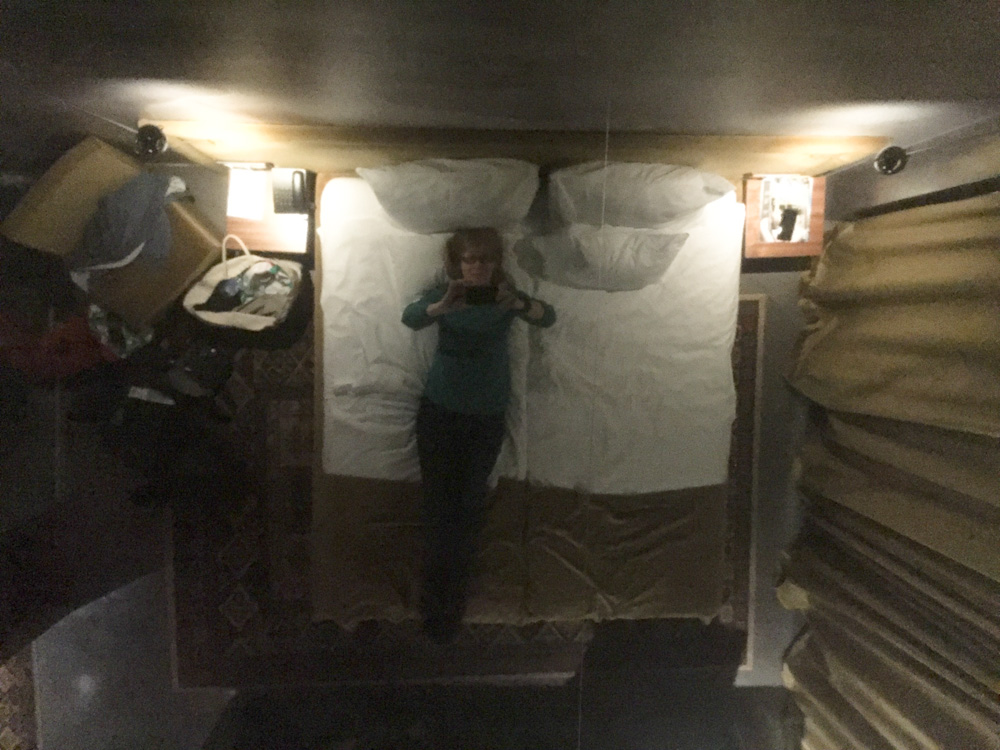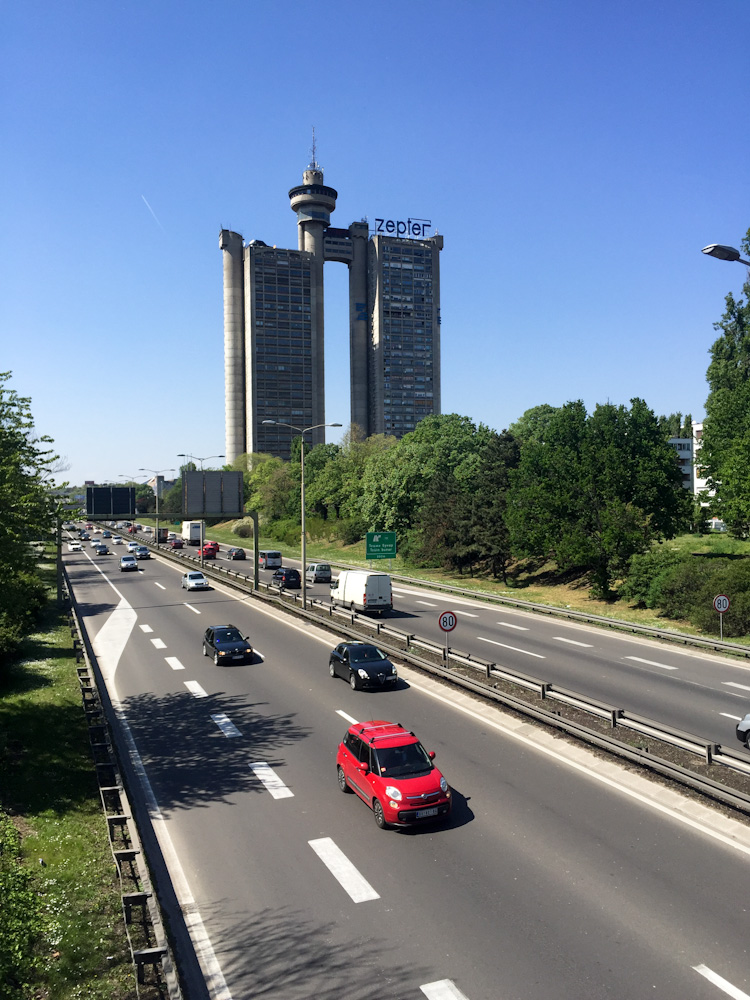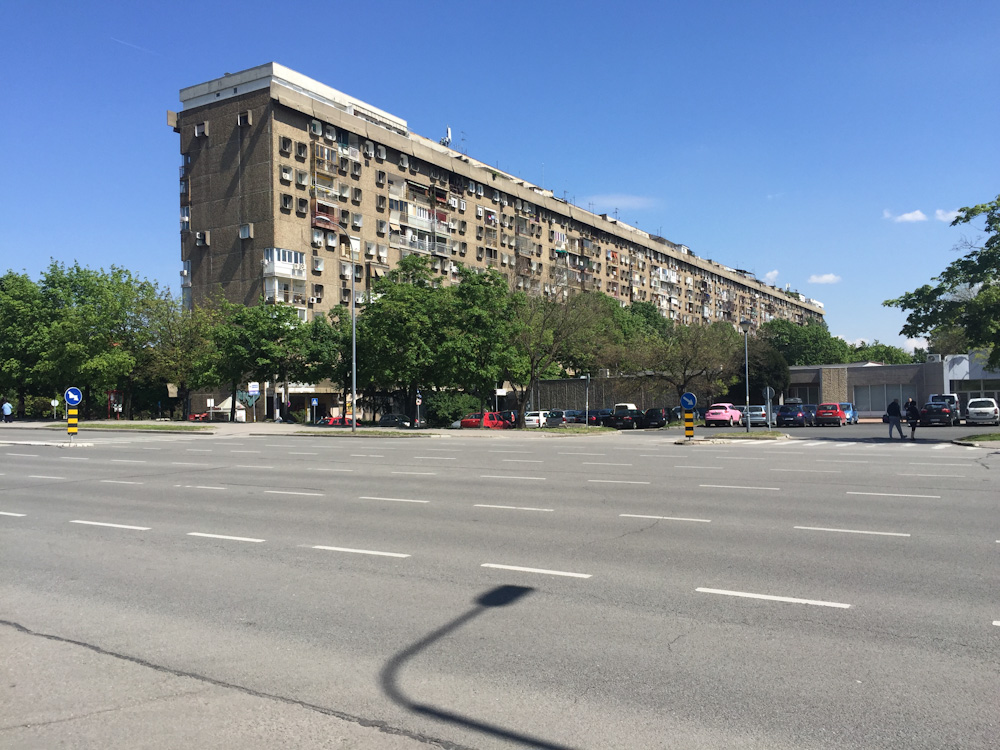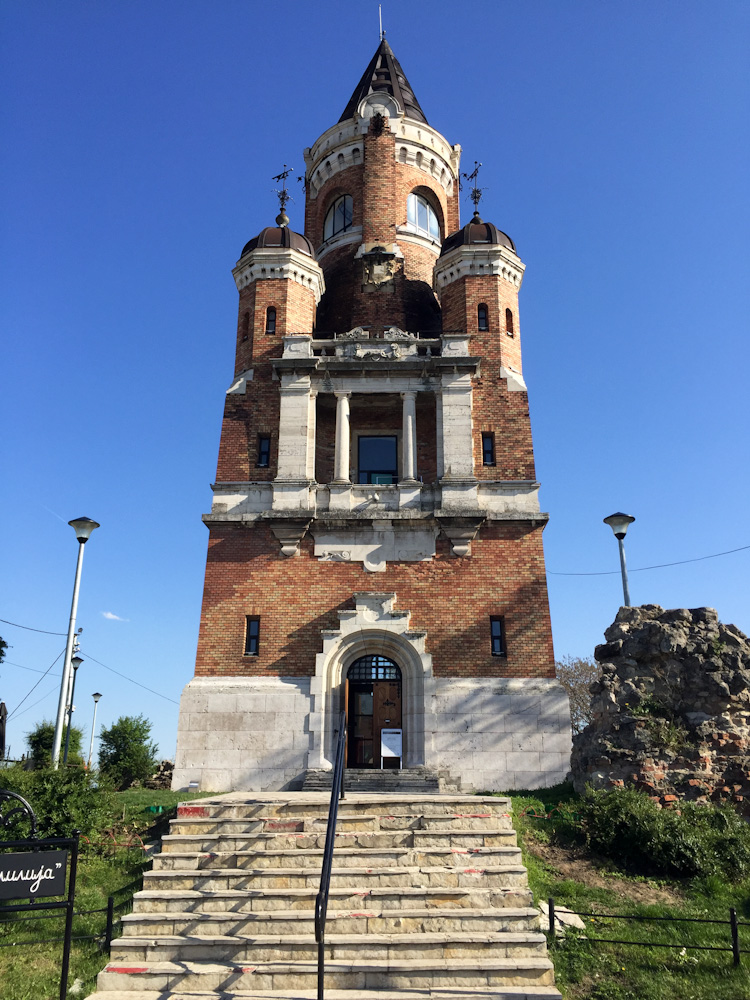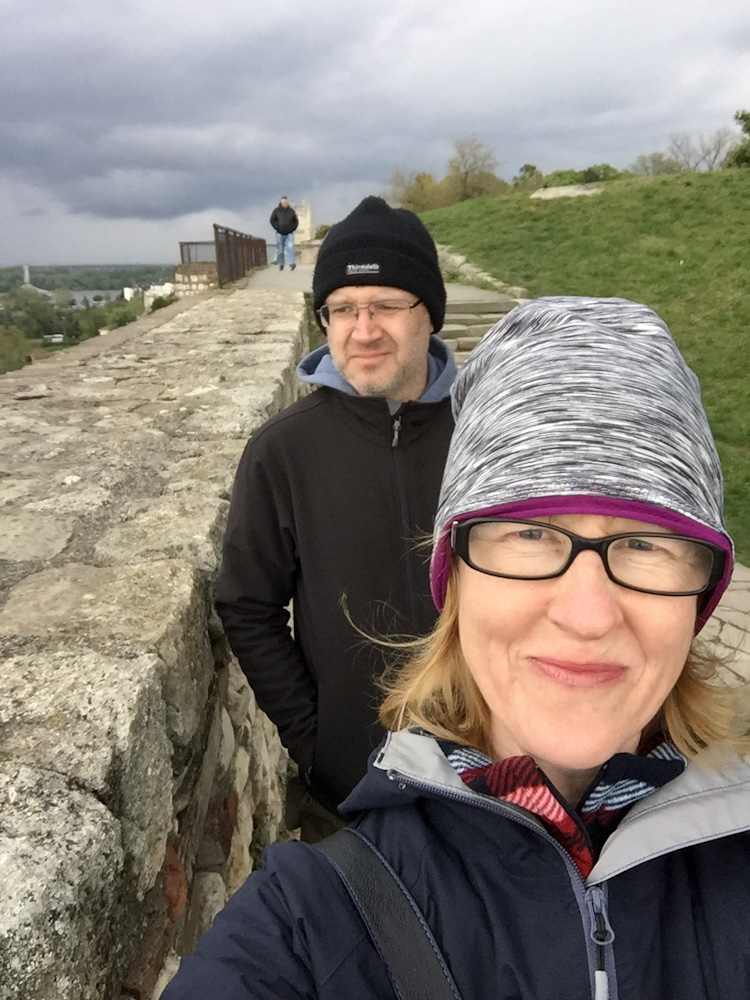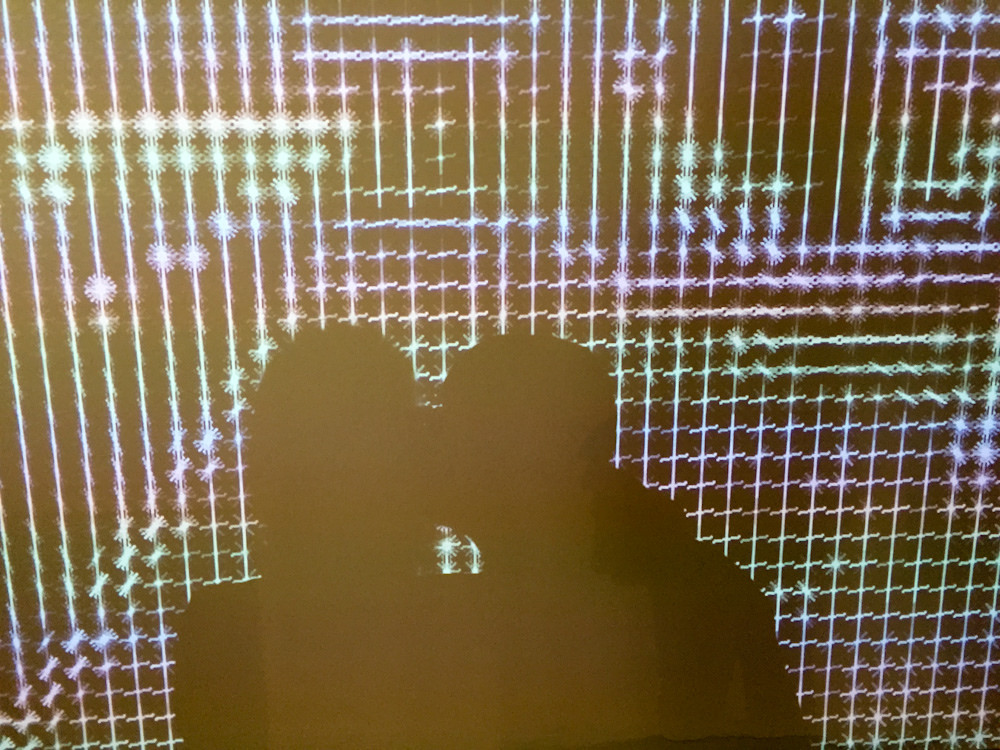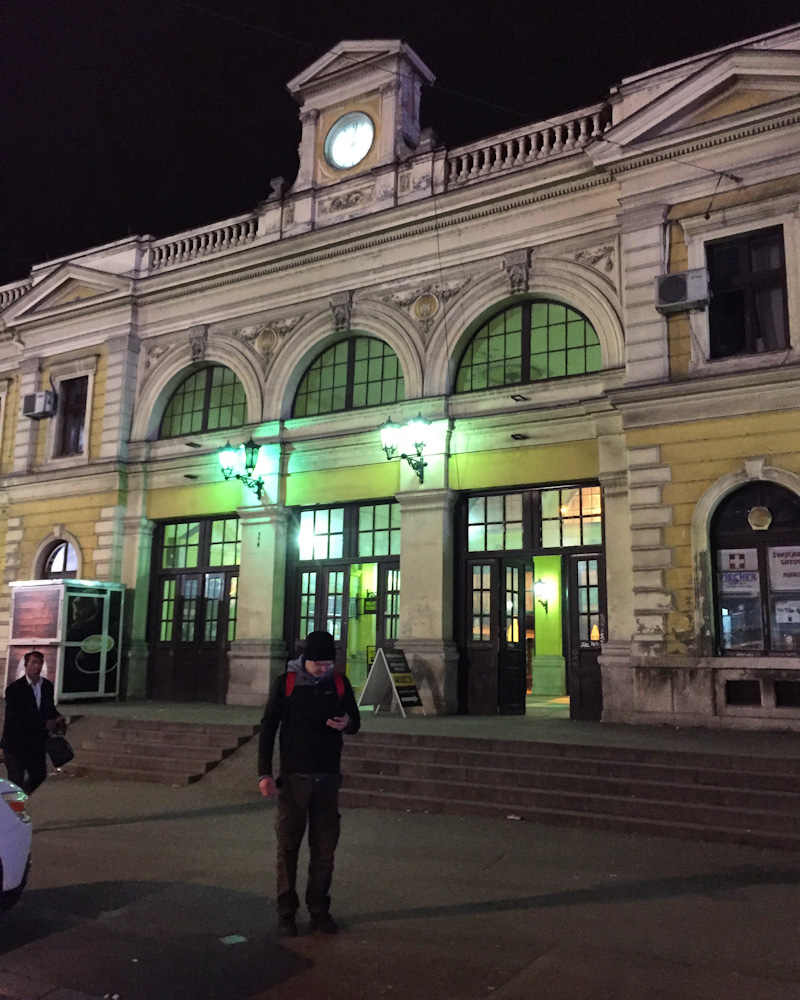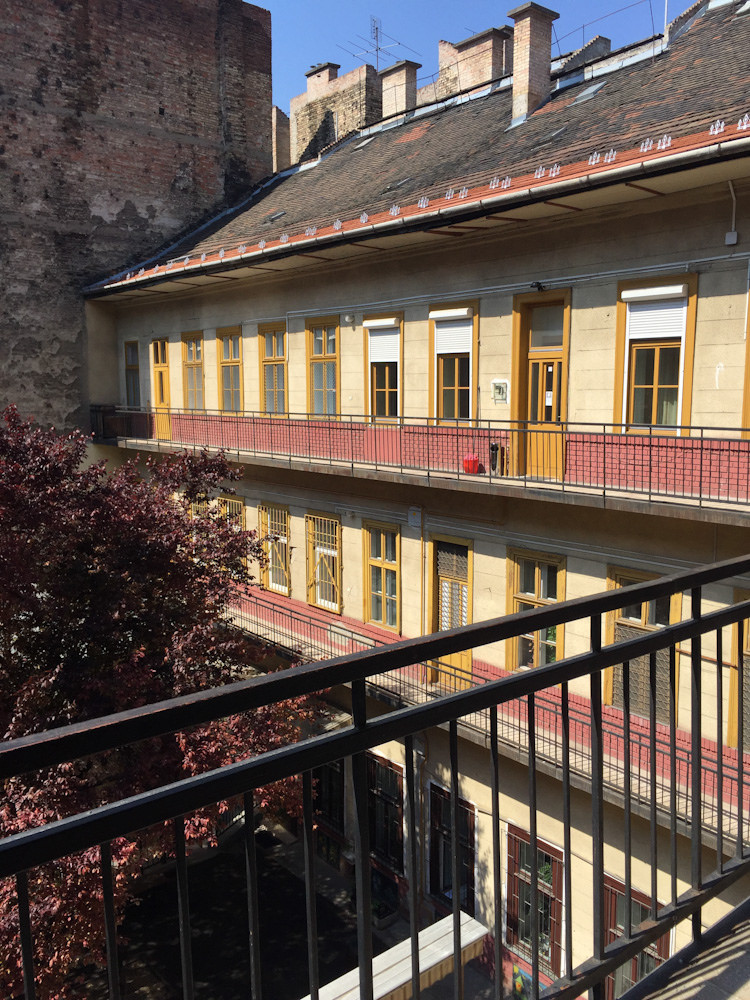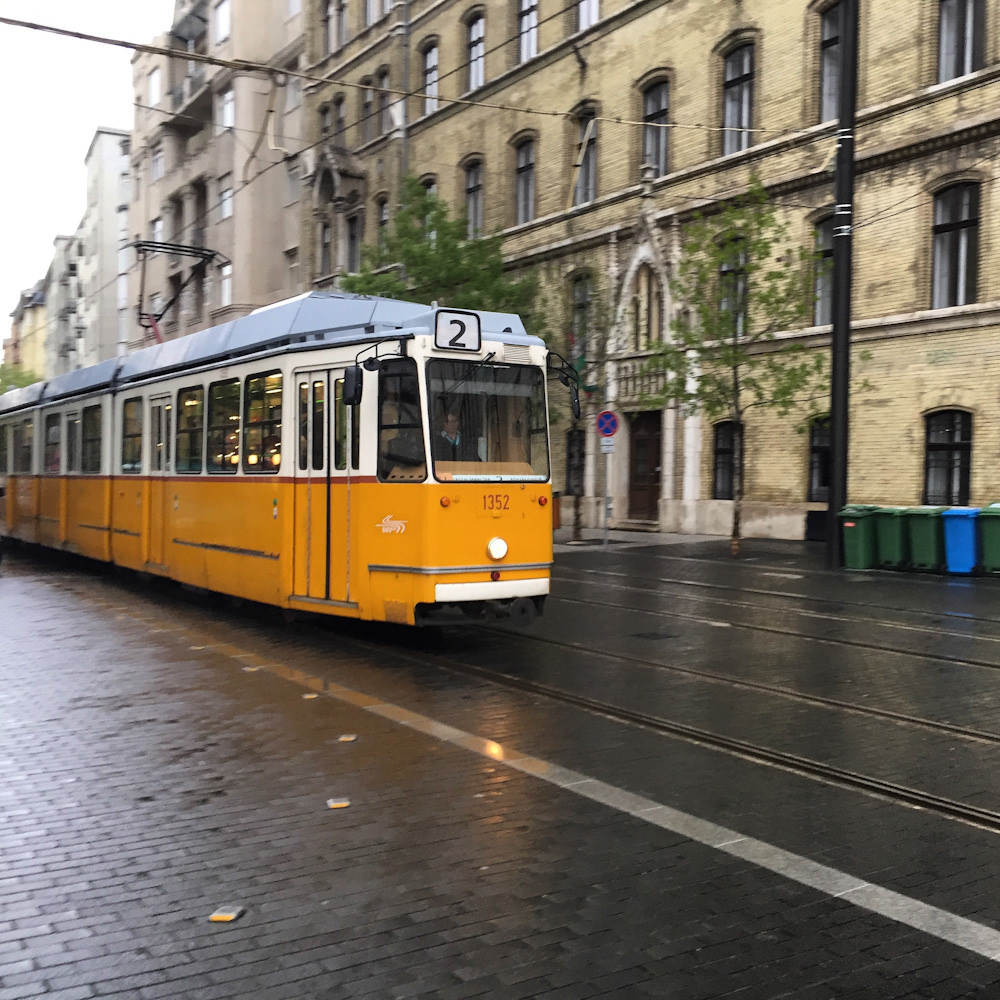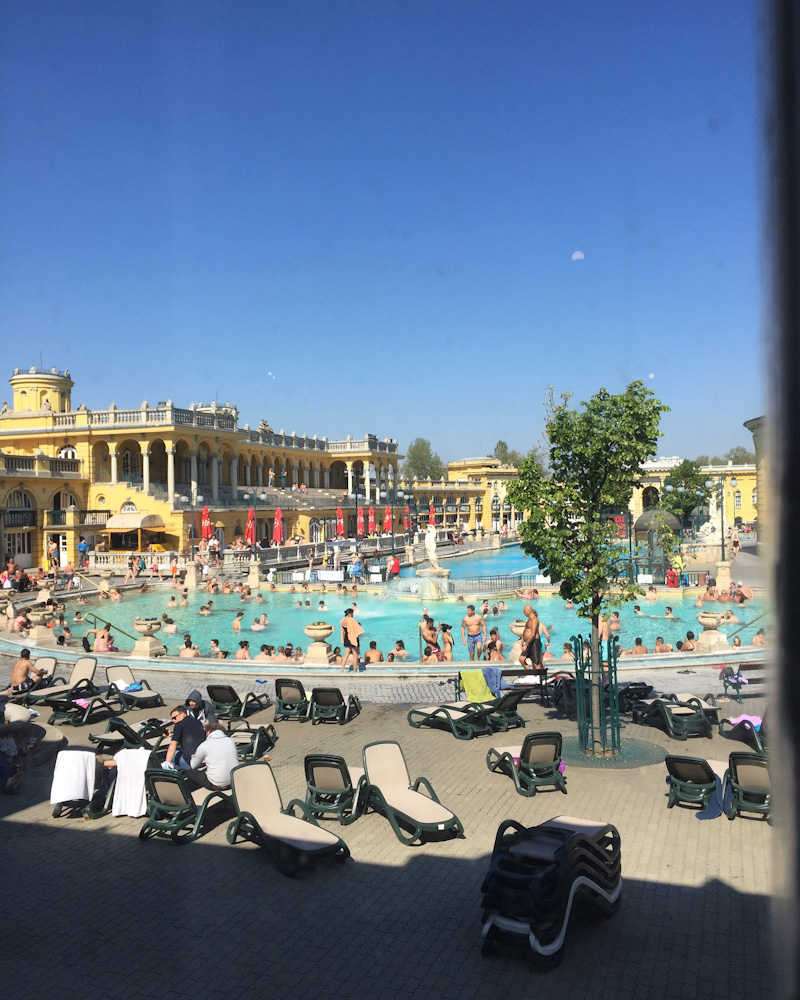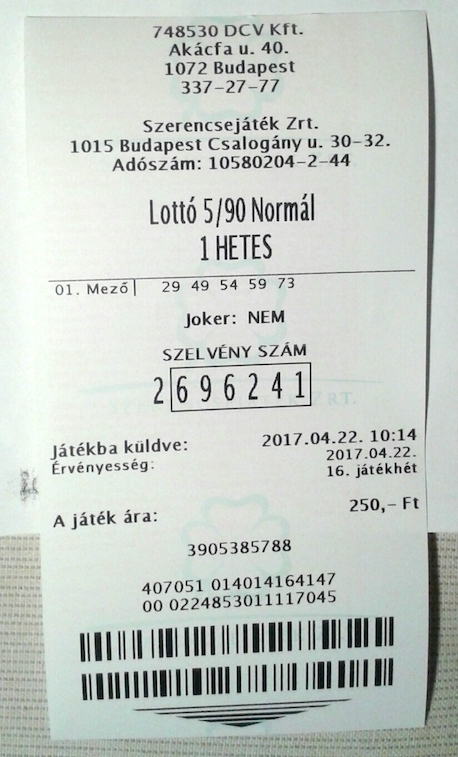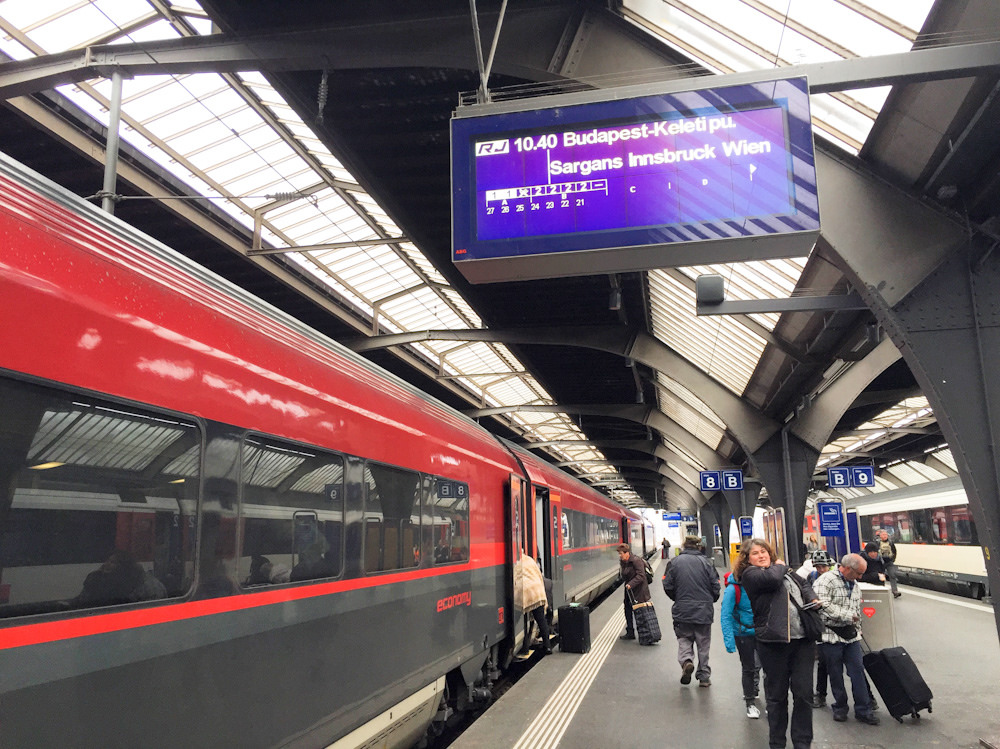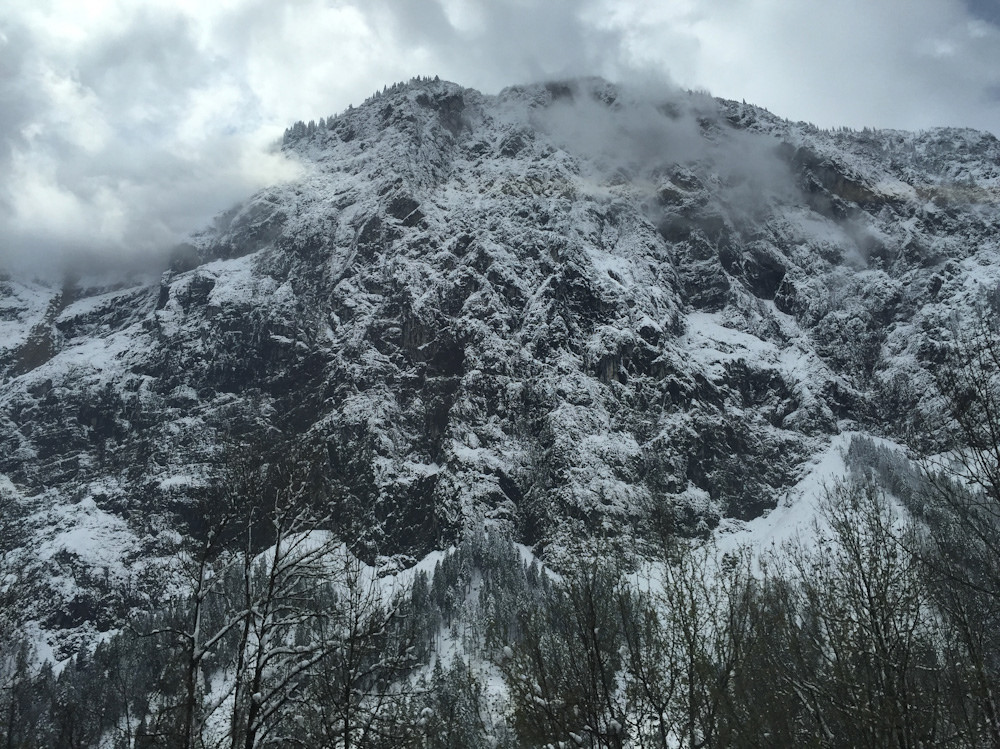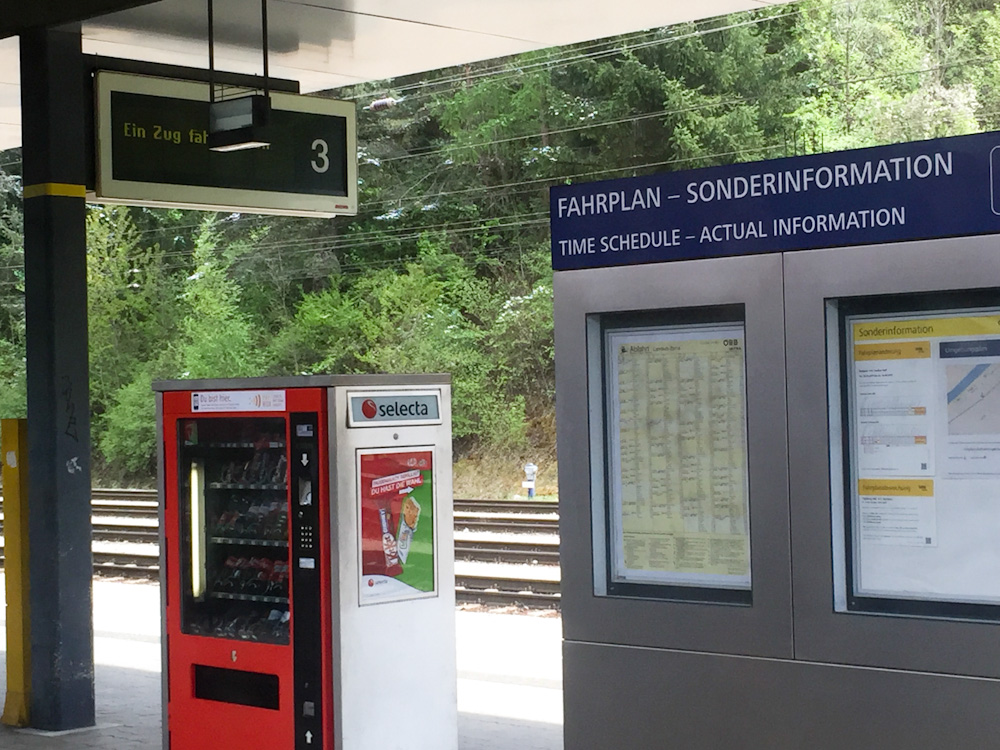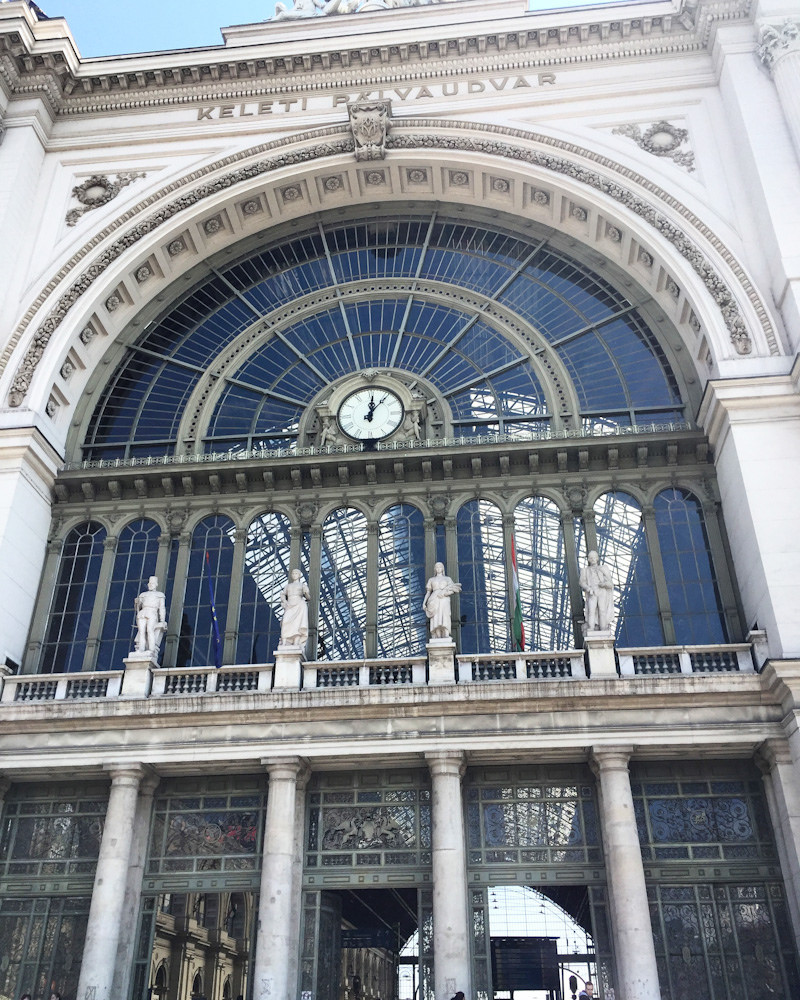My mother-in-law is a long-time yoga teacher; my sister is in her second year of a yoga teacher training course; and many of my friends are yoga addicts, some to the point of getting up at 5am to practise or get to class.
But while I've been to a few classes in the gym over the years and even developed a daily sun salutation habit for a while to stretch out back stiffness, I've never really got it. What's the big draw? Why does everyone love yoga so bloody much? Why are at least four people I know training to teach it? Why is an ancient Indian practice suddenly everywhere in 21st-century Britain?
It occurred to me that maybe I'm doing it wrong and that everyone else is getting some secret buzz out of yoga that is eluding me. So naturally I bitched about this on a social network, and that's when a book arrived in the post from mum-in-law Sue.
It took me a month to get through 'Bringing Yoga To Life' by Donna Farhi but, even though I would say I still don't feel it personally, I understand a bit better why other people love it.
I'm parsing the dog-eared pages here into blog post Q&A so I don't have to read the book twice. Yoga aficionados forgive me if I've misunderstood. It's not my intention to have a go, so to speak. My aim is to understand yoga in terms that don't involve saying 'come back to yourself'. As my sister often says: "Language always gets in the way."
1. What's the point of yoga?
There is a lot of gumpf in the book about how yoga is a life practice that connects you to the wild force that runs through everything. Of course, a lot of people don't believe in a wild force that runs through everything but the point is that it's the spiritual aspect that is the thing in yoga and not the physical focus that you get in the standard gym class.
An ongoing practice in your everyday life can help fortify you against all kinds of attack and give you a means of coping when life gets physically, spiritually or emotionally tough. Which seems a very good reason to do it –more than the need to be bendy anyway.
2. What does it teach?
What is possible as a human being; a sense of returning to oneself and becoming 'centred' not being separated from others/humans.
I'm not 100% sure what this means but I'm surmising that it is about removing the gazillion distractions that surround us and getting the focus back on our humanity – and the wider sense of who we are as a species (for better or worse).
(Aside: Personally I tend to think of humans as ants, although that may be too kind: as Ripley says of the monsters in Aliens: "You don't see them f*cking each other over for a percentage.")
3. Do you have to be perma-calm?
No (thankfully) but the point seems to be to apply the feelings of attentiveness that you cultivate through yoga beyond the mat – into relationships, work, play, etc. Less perma-calm, more 'aliveness'. Luckily for me I don't NEED to do yoga to achieve this. Just slowing down is conducive to flourishing, mindfulness and being a bit kinder to others.
4. Why do yoga people seem smug* or a bit too happy sometimes?
There's a section in the book about gratitude and faith being the two supreme qualities that transform a yoga practice, which may translate into feelings of being happy to be alive in the here and now, and feeling thankful for what you have. Recognising how fortunate we actually are can turn the most difficult of circumstances on their head and affect every waking hour, says Farhi.
*I'm being a bit harsh here, it's probably more of a radiant calm that I admire because I enjoy being fast-paced and am reluctant to slow down.
5. OK, so where do we non-yogis go wrong?
There are five causes of suffering listed by the Patanjali (from ignorance of our eternal nature to seeing ourselves as separate and divided from the world to attraction/attachment to impermanent things).
We can work on these without getting into strange postures and breathing deeply – but then again, do we? Yoga brings a certain focus. Farhi outlines some positive actions we can take:
- Friendliness towards the joyful.
- Compassion for those who are suffering.
- Celebrating the good in others.
- Remaining impartial to the faults and imperfections of others.
6. Does it have to be yoga?
In a word, no. There are many ways to channel our energies in life and to still the mind. What setting aside time for yoga (or other practice) does is provide regular time and space to ground ourselves, think on life's big questions, face our demons, celebrate being alive, push the reset button or simply be free.
7. So why all the batshitcrazy postures?
None of the above tells me that I have to get into some weird twisty posture so why is this often the main focus? Farhi says the point of practising asanas is "to become more sensitive, attuned and adaptable" and that "great gymnastic abilities are entirely inconsequential in the context of yoga".
I'm not sure this really answers the question of why yoga is often so focused on the physical. My own novice understanding is that yoga is predominantly about the breath, and also the breath in each posture. So my conclusion is that if yoga is a life practice helping you out when things get emotional or out of control, then the exercise element is a big part of disrupting bad thoughts and changing the focus. After all, it's hard to give any mind to one's existentialist angst when you are trying to do a Tree balance and not fall over, or when breathing is stretching your taut muscles so that physicality is the most pressing issue.
In short, perhaps asanas offer a fast way to 'not thinking' about your suffering; and (with practice) take you to a place that offers a spiritual balm that allows you to "see past the immediate and fleeting feelings to a broader perspective", to accept things as they are and "find a place of inner ease that no one and no thing can take away from us" as a result.
8. Keeping up with the young bendy teachers and pupils always causes me to get injured at the gym. What's that about? Where's the realistic yoga?
Accepting we are where we are is the thing to do – otherwise we'll be contorting ourselves into an "ill-fitting suit" of a yoga practice. Easier said than done. Switching off one's competitive head is hard, and the language around yoga teaching can make you feel inferior if you go for a 'lesser' stretch or other compromise.
I look forward to older, less bendy, injury-challenged role models joining the teaching fraternity. I had a practice lesson with my sister for her yoga exam and it was refreshing to break down some really simple yoga moves and make the most of the nuances of each posture. It also allowed me time to breathe – something that is often missing from yoga classes in the gym with their focus on agility.
Farhi says: "As we enter our 40s and 50s there is a noticeable drop in energy levels… this is a period of life when the focus in yoga practice needs to switch from the mechanics of practice to the subtler underlying energetics of practice… Through these subtler practices we begin to realise the deeper significance of yoga practice as the body becomes more sensitive in its role as a vehicle for perception".
By which she means more meditative practices, less physical repetition of advanced postures.
9. Will it help with the bigger questions?
It can* – "This contemplation both on death and what it means to truly live is designed to help you distinguish between short-lived pleasures and long-lasting joy."
* Other options are available.
10. Will yoga solve my emotional baggage problems?
Yes, no, maybe, it depends. All kinds of realisations can be had – especially with regard to what Farhi calls our "box of monsters". Rediscovering one's inner self, true identity, centre (or however else you term the feeling you get from yoga and similar practices) is a way to look at your 'monsters' in a different way, with a certain distance and impartiality, even kindness and compassion.
11. What if we don't like our inner self?
Yoga can help us act differently on the "riptide of strong emotions" and teach us to act more skilfully once we have cooled down.
While seeing clearly is a gift, we all have blind spots, however – difficult relationships, making bad decisions, making the same mistakes over and over, resorting to outbursts of anger. Farhi suggests asking a trusted friend to tell us honestly what they see in order to accelerate the process of seeing ourselves more clearly – this awakening is probably only for the brave though.
12. What happens in the end?
Nirvana? Leaving the Matrix? Seeing ourselves and the world in a new way? The realisation that we are all one?
After reading this book, yoga seems mostly about two things: practically, it offers a coping mechanism for life with the byproduct of better physical/mental health; spiritually it offers a potential reawakening through connecting to own core sense of humanity and our place in it.
It seems a shame that I don't get this from yoga myself but I've also learned from this book that yoga is just one method of transport and there are other ways to get there. The important thing is to find something that does work and to practise it regularly so that you don't fold when the riptide of emotions comes.
So, yes, yoga –
Hire/commission me: fiona [at] fionacullinan.com
